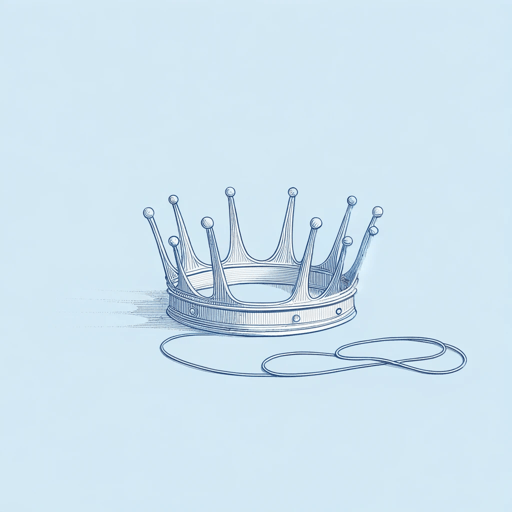19 pages • 38 minutes read
William ShakespeareSonnet 55
Fiction | Poem | Adult | Published in 1609A modern alternative to SparkNotes and CliffsNotes, SuperSummary offers high-quality Study Guides with detailed chapter summaries and analysis of major themes, characters, and more.
Background
Literary Context: The Fair Youth
Shakespeare’s sonnets are usually grouped into two main sections: the fair youth sonnets and the dark lady sonnets. The fair youth sonnets are comprised of sonnets 1-126.
In these poems, Shakespeare spends a lot of time describing the beauty and actions of the fair youth, and it becomes clear that the poet greatly admires the youth as he urges him to marry and have children. There has been constant speculation about the relationship between poet and subject, with some critics believing the relationship to be a romantic one while others arguing that it's solely platonic.
Eventually, the fair youth and the poet both end up with the dark lady, and the poet struggles with this change.
The sonnets to the fair youth are often analyzed on their own without the context of the sequence. While this is fine, it has led to a lot of the most famous lines from the sonnets being taken out of context, as is the case with many of Shakespeare’s famous lines from his plays. For “Sonnet 55,” knowing the difference between the fair youth sequence and the dark lady sequence is important because the poem juxtaposes the beauty of the man to feminine time, which Shakespeare compares to forgetfulness, war, and death.
Related Titles
By William Shakespeare

All's Well That Ends Well
William Shakespeare

A Midsummer Night's Dream
William Shakespeare

Antony and Cleopatra
William Shakespeare

As You Like It
William Shakespeare

Coriolanus
William Shakespeare

Cymbeline
William Shakespeare

Hamlet
William Shakespeare

Henry IV, Part 1
William Shakespeare

Henry IV, Part 2
William Shakespeare

Henry V
William Shakespeare

Henry VIII
William Shakespeare

Henry VI, Part 1
William Shakespeare

Henry VI, Part 3
William Shakespeare

Julius Caesar
William Shakespeare

King John
William Shakespeare

King Lear
William Shakespeare

Love's Labour's Lost
William Shakespeare

Macbeth
William Shakespeare

Measure For Measure
William Shakespeare

Much Ado About Nothing
William Shakespeare

